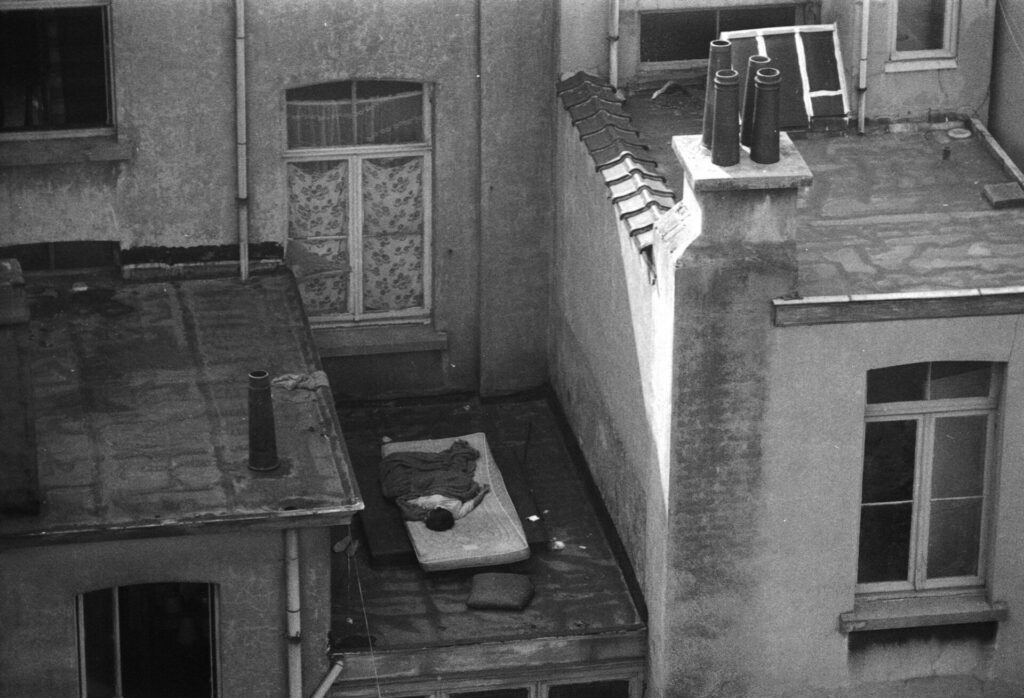As Brussels is hit by severe heatwaves, the city’s neighbourhoods with the lowest incomes, which usually have the highest proportion of people of non-European descent, are disproportionately affected by the high temperatures.
Even outside of the capital, the poorest and most diverse neighbourhoods also have the highest number of heatwave days across Flemish cities, according to a data analysis by De Tijd.
Climate inequality
Cities struggle to cool down in comparison with smaller towns and villages as a result of the heat island effect, but even within a city, the differences are noticeable. The hottest districts face double the number of days when the average temperature is more than 25°C, according to the Climate Portal of the Flemish Environment Agency.
Related News
- Fines of €350 for walking around shirtless in Belgian coastal town
- Three Brussels municipalities open up 'cool spaces' to the public
- Heat plan, extra breaks: How Belgium is tackling its latest heatwave
The hottest neighbourhoods in Brussels have an average net taxable income that is more than half as low as those in the coldest neighbourhoods, making the poorest districts the warmest districts.
The proportion of local residents with roots outside the European Union is also multiplied by two, three or even six if you compare the coolest neighbourhoods with the warmest.
Residents of the hottest neighbourhoods run a higher risk of heat stress and health problems.

